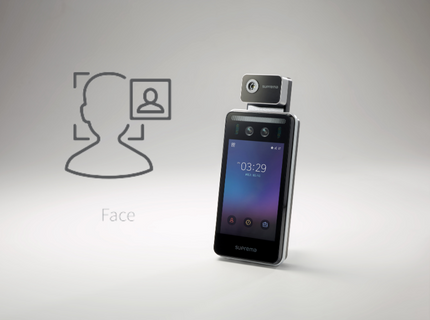5 Facts About Facial Recognition Access Control Systems
Facial recognition access control systems have become increasingly popular in recent years, with more and more businesses and organisations using this technology to enhance their security measures.
This cutting-edge technology uses biometric data to grant or deny access to a building or area, relying on facial features to authenticate the identity of the user. While facial recognition systems have proven to be an effective security tool, there are still some misconceptions and concerns surrounding their use. In this article, we will explore five important facts about facial recognition access control systems, including how they work, their benefits, and potential drawbacks. By gaining a better understanding of this technology, readers will be better equipped to make informed decisions about its implementation in their own organisations.
Here’s 5 must-know facts about facial recognition access control systems:
Fact 1
Facial recognition access control systems use biometric technology to identify individuals by their unique facial features, such as the distance between their eyes, the shape of their nose, and the contours of their jawline.
Fact 2
These systems are commonly used in various settings, including commercial buildings, airports, hospitals, and government facilities, as they offer a secure and convenient way to control access to specific areas.
Fact 3
Facial recognition access control systems work by capturing an image of an individual’s face using a camera, analysing the image to identify key facial features, and then comparing those features to a pre-existing database of authorised individuals.
Fact 4
One of the primary benefits of facial recognition access control systems is their ability to grant access quickly and without the need for physical contact, which is especially important in high-traffic areas.
Fact 5
However, there are also concerns about the privacy implications of facial recognition technology, as it involves collecting biometric data that could potentially be used for other purposes. Some countries and jurisdictions have regulations in place to govern the use of facial recognition technology, including restrictions on its use in public spaces.
To learn more about facial recognition access control systems, or to enquire about the installation of one for your business, please do not hesitate to get in touch with a member of our sales team today.
